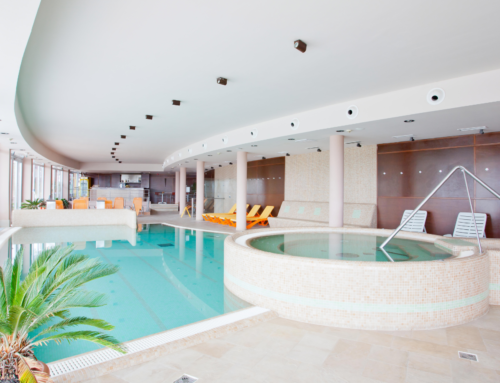The popularity of epoxy floors is growing exponentially – and for good reason. Hardwearing, easy to install and offering value for money are just some of the plus points. Of course, sellers of such products will extol their virtues. But there are, of course, some downsides.
Pros and Cons of Epoxy Flooring
The following offers a balanced overview of epoxy coatings for floors, looking at both the advantages and disadvantages of this popular flooring option.
Epoxy Coatings: The advantages
Advantage #1: Multi-use: Epoxy coatings are suitable for virtually any flooring need. Examples include industrial areas with vehicle traffic, exterior and interior areas, basements, warehouses and more.
Advantage #2: Economical: When compared to other flooring options, epoxy coatings offer a much lower cost per square metre. The reasons for this are many:
- An epoxy floor can be installed over an existing concrete floor
- Epoxy coatings are easy to apply and within the scope of any keen DIYer
- Replacing an epoxy floor at the end of its lifecycle costs less than a different flooring installation. This is because the concrete will not need to be prepared.
Advantage #3: Long lifespan: Epoxy coatings have excellent longevity. Even an area subject to the heaviest of traffic can last for many years. An epoxy floor might last anywhere from 7-20 years. An area with light use, such as in a basement, can last for decades.
Advantage #4: Customisable: Epoxy floor coatings come in a virtually limitless spectrum of colours and with various finishes, depending on your requirements. Metallic, patterns, logos… Pretty much anything your heart desires. Epoxy flooring also comes with non-slip/added grip options – something that’s essential in certain locations.
Epoxy Coatings: The disadvantages
The popularity of epoxy floor coatings is proof that the pros outweigh the cons. However, it’s important to be aware of what these are in order to make an enlightened choice.
Disadvantage #1: Slippery when wet: Epoxy is slippery when damp or wet – this is especially true where oil is spilt. Happily, there are slip-resistant options, which are highly recommended if the installation is outside or in an area where this would be an issue.
Disadvantage #2: Installation may be difficult in moist environments: Epoxy coatings require a prepared and dry concrete floor to adhere to. If you try to install one in an area that’s not dry then the epoxy may lift.
Disadvantage #3: Initial higher installation cost than some alternatives: An epoxy coating might be higher than, say, concrete polishing. However, when the complete lifecycle is taken into consideration, over time an epoxy floor is less. This is because the concrete will not need repreparation when replacement is necessary, so making it better value for money over the long term.
Epoxy floor coatings are often a great choice. Being fully customisable and the ease with which they can be applied further increases their attraction. Complete kits make the process easy and any competent DIY enthusiast with the right materials can carry out the work. On average, epoxy coatings take around 48 hours to complete – including concrete prep, applying the flooring and waiting for the layers to dry.





